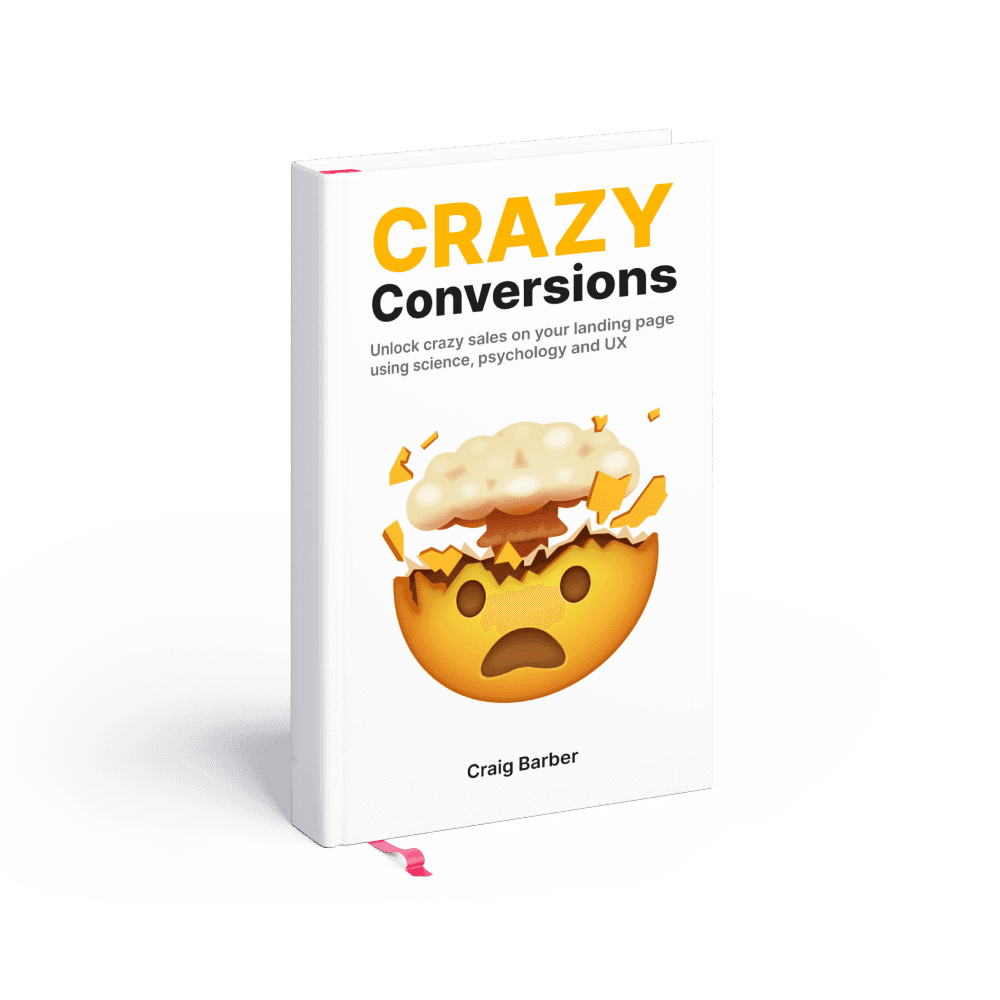UX Design: The Ultimate Guide for Beginners
Discover the fascinating world of UX design, where aesthetics meet functionality with our comprehensive guide
Welcome to the exciting world of UX design!
In today's fast-paced digital era, where user-centric experiences reign supreme, the role of a UX designer has become more crucial than ever.
Whether you're new to the field or just curious about this fascinating domain, join me as we dive into the realm of UX design and explore the awesome aspects of this creative discipline.
What is UX Design?
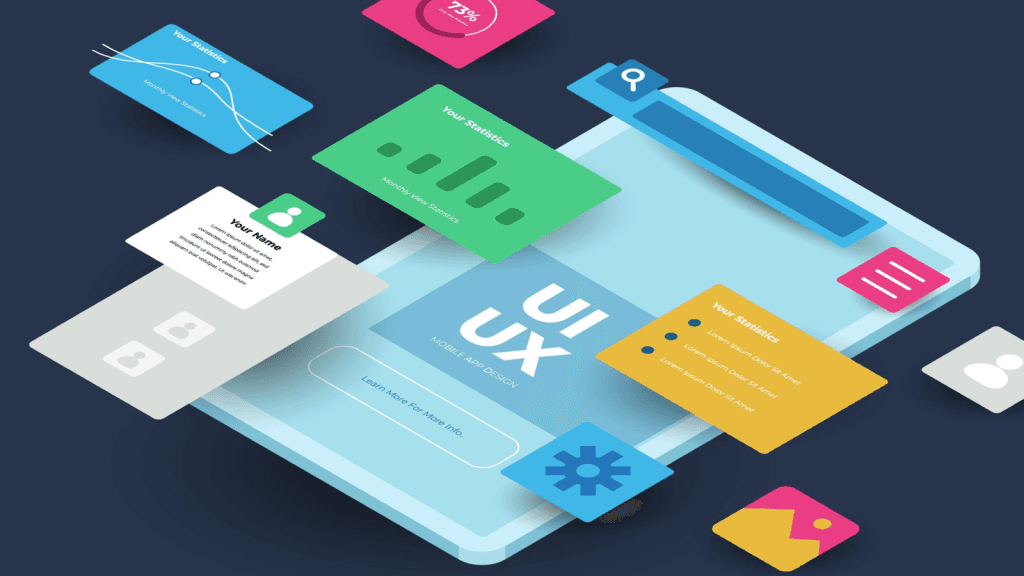
User Experience (UX) design revolves around creating meaningful and enjoyable experiences for users when they interact with products, services, or digital interfaces.
It's a multidisciplinary field that encompasses a wide range of skills, including user research, information architecture, interaction design, visual design, and usability testing.
UX design aims to understand user needs, enhance usability, and foster positive emotions, ultimately ensuring user satisfaction and loyalty.
Explainer video for What UX Design is:
What Does a UX Designer Do?
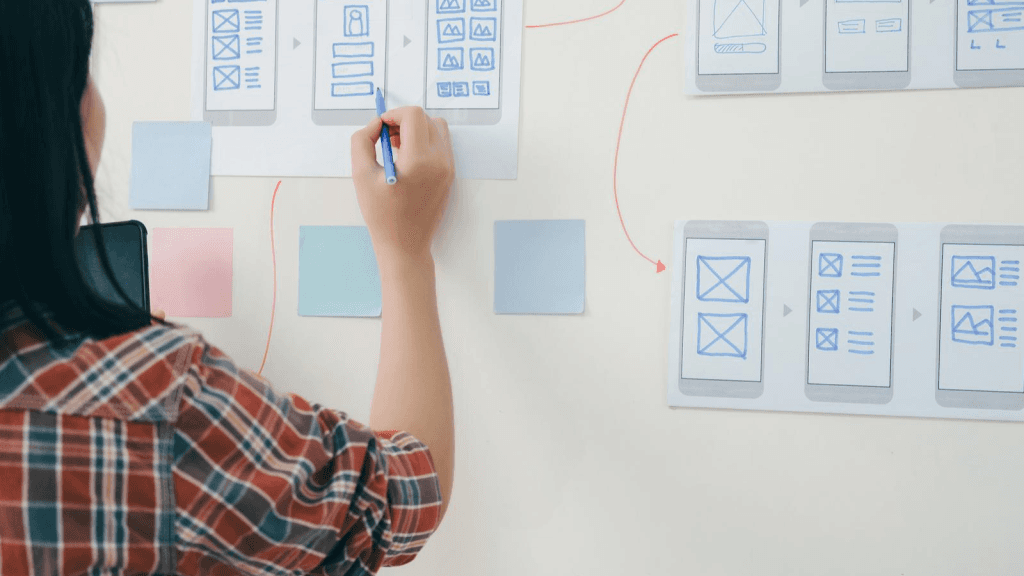
A UX designer is a visionary problem solver who brings together design, psychology, and technology to create seamless user experiences.
Their responsibilities span across the entire design process, starting from user research and requirements gathering, all the way to prototyping, testing, and iteration.
Here are a few key tasks a UX designer might engage in:
User Research
Conducting interviews, surveys, and usability tests to gain insights into user behaviors, needs, and pain points.
Wireframing and Prototyping
Creating low-fidelity wireframes or high-fidelity prototypes to visualize the structure and functionality of a product or interface.
Information Architecture
Organizing content and designing intuitive navigation systems to ensure easy access and logical flow of information.
Interaction Design
Defining how users interact with a product or interface through designing intuitive and efficient user interactions.
Visual Design
Crafting aesthetically pleasing visuals that align with the brand's identity and create a delightful user interface.
Usability Testing
Conducting user tests to identify usability issues and iteratively refining designs based on user feedback.
Software and Tools Used by UX Designers
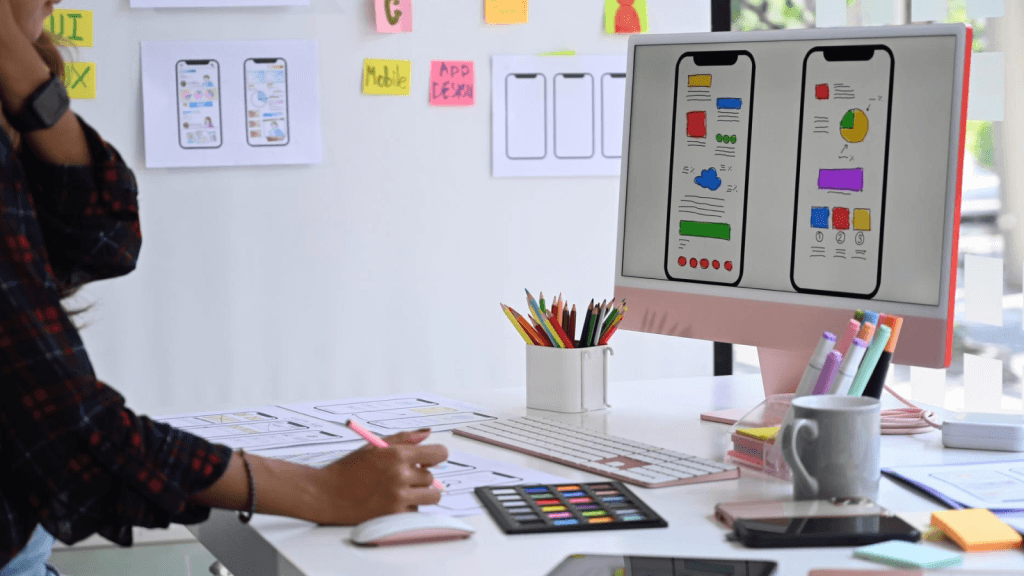
UX designers have a vast array of software and tools at their disposal to streamline their design process and enhance their productivity. Here are a few popular ones:
Design and Prototyping Tools
Tools like Sketch, Figma, Adobe XD, or InVision facilitate the creation of wireframes, mockups, and interactive prototypes.
User Research Tools
Platforms like UserTesting or Optimal Workshop help UX designers conduct remote user research, gather feedback, and analyze data.
Collaboration and Project Management Tools
Tools like Miro, Trello, or Asana enable seamless collaboration among team members, allowing efficient project management and communication.
Analytics and Heatmap Tools
Platforms such as Google Analytics, Hotjar, or Crazy Egg provide valuable insights into user behavior, navigation patterns, and heatmaps to inform design decisions.
How Much Does a UX Designer Get Paid?
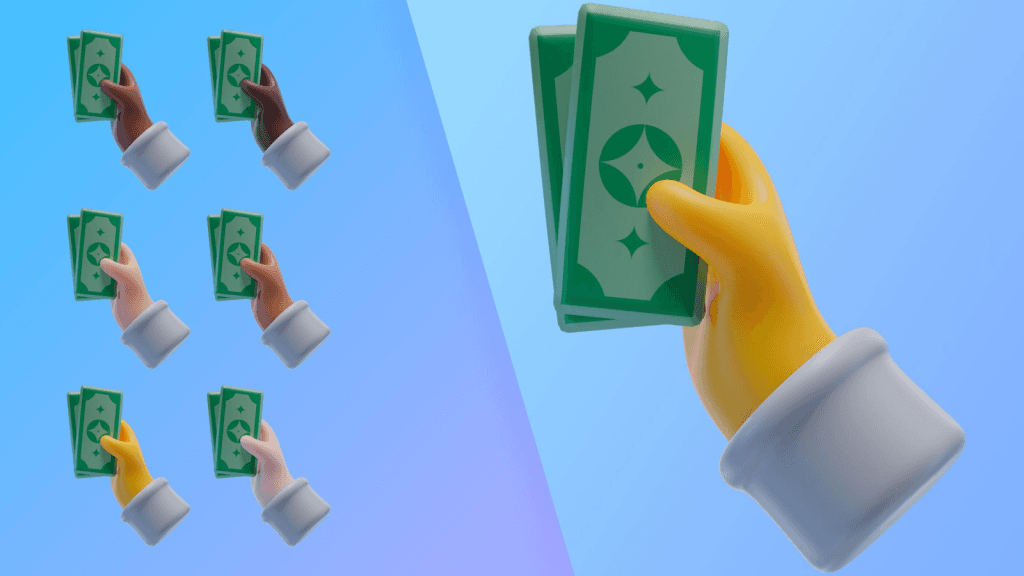
UX design is a rewarding field, both professionally and financially.
Salaries for UX designers can vary based on factors like experience, location, industry, and company size.
While entry-level UX designers may start with an average salary, as experience grows, salaries tend to increase.
In general, the annual salary for a UX designer can range from $60,000 to $120,000, with some senior-level positions and specialized roles commanding even higher figures.
Frequently Asked Questions: Getting Started with UX Design:
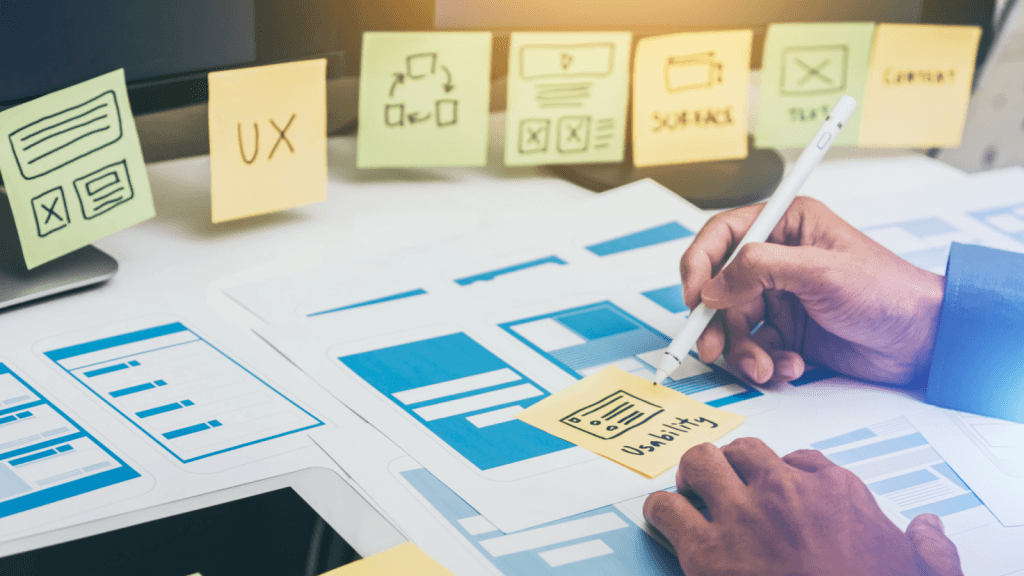
What is UX design, and why is it important?
UX design, short for User Experience design, focuses on creating meaningful and enjoyable experiences for users when they interact with a product or service. It involves understanding user needs, conducting research, designing interfaces, and testing prototypes. UX design is crucial because it helps businesses build products that are user-centered, intuitive, and successful in meeting customer expectations.
How can I start a career in UX design?
Starting a career in UX design involves a combination of education, practice, and building a strong portfolio. Consider pursuing relevant courses or a degree in design, human-computer interaction, or psychology. Additionally, engage in self-study by reading books, articles, and online resources about UX design principles and methodologies. Practice your skills by working on personal projects or collaborating with others. Lastly, create a portfolio that showcases your best work and demonstrates your understanding of UX design concepts.
What skills do I need to become a UX designer?
As a UX designer, you'll benefit from a diverse skill set. Some essential skills include:
User research: The ability to understand and empathize with users through interviews, surveys, and observations.
Information architecture: Organizing and structuring information effectively for intuitive user experiences.
Interaction design: Creating intuitive and engaging interfaces by designing user flows, wireframes, and prototypes.
Visual design: Knowledge of aesthetics, typography, color theory, and graphic design principles to create visually appealing interfaces.
Usability testing: Conducting tests to evaluate the effectiveness and efficiency of a product's design.
Collaboration and communication: Working well with cross-functional teams, communicating design decisions effectively, and being open to feedback.
Are there any recommended UX design tools?
Yes, several tools can assist you in your UX design journey.
Some popular ones include:
Sketch: A vector-based design tool for creating wireframes, mockups, and prototypes.
Figma: A cloud-based design and prototyping tool that enables real-time collaboration.
Axure RP: A tool for creating interactive prototypes with advanced features like conditional logic and dynamic content.
What are some UX design best practices?
Here are a few UX design best practices to keep in mind:
User research: Understand your users' needs, goals, and pain points to inform your design decisions.
Simplicity: Keep designs simple, intuitive, and free from unnecessary clutter.
Consistency: Maintain a consistent design language and interface elements throughout your product.
Usability: Design for ease of use, ensuring users can accomplish tasks efficiently and without confusion.
Accessibility: Ensure your designs are accessible to users with disabilities, following WCAG guidelines.
Iteration and testing: Continuously iterate and test your designs with users to gather feedback and improve usability.
Are there any UX design communities or resources I should explore?
Absolutely! The UX design community is vibrant and supportive. Here are some resources to explore:
Online platforms: Websites like UX Collective, Smashing Magazine, and Nielsen Norman Group offer insightful articles and resources.
Conferences and events: Attend industry events and conferences like UXPA International, Interaction Design Foundation events, or local meetups to network and learn from experts.
Online communities: Join UX design communities on platforms like Slack, LinkedIn, or Reddit to connect with fellow designers, ask questions, and share knowledge.
Books and podcasts: Explore books like "Don't Make Me Think" by Steve Krug, "The Design of Everyday Things" by Don Norman, or podcasts like "UX Podcast" and "UI Breakfast" for valuable insights and discussions.
Conclusion
UX design is a captivating journey of crafting exceptional user experiences.
As a UX designer, you have the power to impact the way people interact with the digital world, making it more intuitive, accessible, and enjoyable.
By understanding user needs, conducting research, and employing a range of design skills, you can create experiences that leave a lasting impression.
So, whether you're passionate about problem-solving, love technology, or simply want to make a difference in people's lives, UX design offers an exciting and fulfilling career path.
Embrace the magic of UX design and let your creativity soar as you shape the future of digital experiences!
Boost sales in 30 days or your money back
Introducing Crazy Conversions, the powerful playbook helping founders unlock sales on their landing page
Boost my sales now $29

5/5 stars on Gumroad

